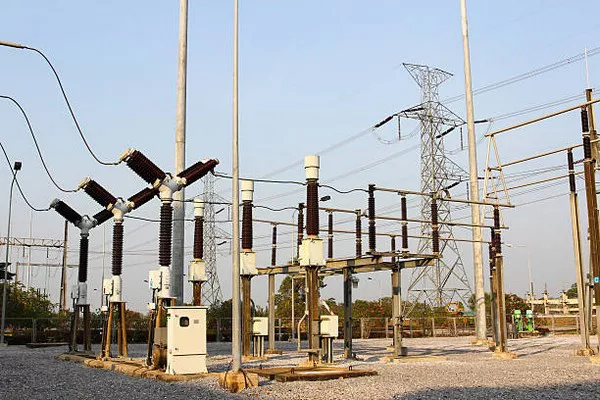Electrical transformers play a pivotal role in the seamless functioning of our modern electrical systems. These devices, often overlooked in daily life, serve as unsung heroes, enabling the efficient transmission and distribution of electrical power across vast networks. In this article, we will explore the fundamental principles behind electrical transformers, their various types, and the crucial role they play in powering our homes, industries, and infrastructure.
The Basics of Electrical Transformers
At its core, an electrical transformer is a device that transfers electrical energy between two or more circuits through electromagnetic induction. This fundamental principle, discovered by Michael Faraday in the early 19th century, forms the basis of transformer functionality.
Transformers consist of two coils of wire, known as the primary and secondary windings, wound around a common magnetic core, typically made of iron or steel. The primary winding receives electrical energy from a power source, generating a magnetic field in the core. This magnetic field induces a voltage in the secondary winding, allowing the transfer of electrical power from one circuit to another without a direct electrical connection.
Voltage Transformation
One of the primary purposes of electrical transformers is voltage transformation. They can step up or step down the voltage level of an electrical system. Stepping up the voltage is achieved when the secondary winding has more turns than the primary winding, resulting in increased voltage. Conversely, stepping down the voltage occurs when the secondary winding has fewer turns than the primary winding, leading to a reduced voltage output.
Voltage transformation is crucial for long-distance power transmission. High-voltage transmission lines minimize energy losses over extended distances, and transformers at both ends of the transmission line ensure that the voltage is suitable for distribution and consumption.
Power Distribution
Electrical transformers are integral components of power distribution networks. After electricity is generated at power plants, transformers step up the voltage for efficient transmission across high-voltage transmission lines. Subsequently, at substations closer to residential and industrial areas, transformers step down the voltage to levels suitable for distribution within communities.
The power is then distributed to various locations through a network of transformers strategically placed at different points in the system. Local transformers further reduce the voltage to levels safe for residential and commercial use, ensuring that electrical appliances and equipment operate optimally.
Industrial Applications
Beyond powering homes, electrical transformers are indispensable in various industrial applications. Many industrial processes require specific voltage levels for machinery to function effectively. Transformers enable industries to customize the voltage to meet the requirements of different equipment, ensuring smooth and efficient operation.
Additionally, transformers are commonly used in welding machines, arc furnaces, and other heavy-duty applications that demand robust electrical systems. In these scenarios, transformers not only regulate voltage but also provide isolation, protecting sensitive electronic equipment from power fluctuations and disturbances.
Renewable Energy Integration
With the increasing focus on renewable energy sources, electrical transformers play a critical role in integrating these sustainable technologies into the existing power grid. Wind turbines and solar panels generate electricity at varying voltage levels, and transformers are employed to standardize the output voltage for seamless integration into the grid.
Transformers also facilitate the transfer of electricity from remote renewable energy sites to population centers, where the power is needed most. This highlights the versatility and adaptability of electrical transformers in accommodating the evolving landscape of energy generation.
Grid Stability and Reliability
Maintaining the stability and reliability of the electrical grid is paramount for uninterrupted power supply. Transformers contribute significantly to achieving this by regulating voltage levels, isolating faults, and ensuring a balanced distribution of electrical power. In the event of a fault or overload in one part of the grid, transformers can be equipped with protective devices such as circuit breakers to isolate the affected area and prevent widespread outages.
Smart Grids and Technological Advancements
The advent of smart grid technology has further enhanced the capabilities of electrical transformers. Smart transformers, equipped with advanced monitoring and communication capabilities, enable real-time data collection and remote control. This enhances the efficiency of power distribution, reduces downtime, and allows for proactive maintenance based on predictive analytics.
See Also When To Replace Silica Gel In Transformer
Conclusion
In conclusion, electrical transformers are the unsung heroes of the modern power infrastructure, facilitating the efficient transmission, distribution, and utilization of electrical energy. Their ability to transform voltage levels, ensure grid stability, and adapt to the evolving energy landscape underscores their significance in powering our homes, industries, and the entire technological ecosystem. As we continue to advance in technology and energy innovation, the role of electrical transformers remains pivotal in shaping a sustainable and resilient electrical grid for the future.

